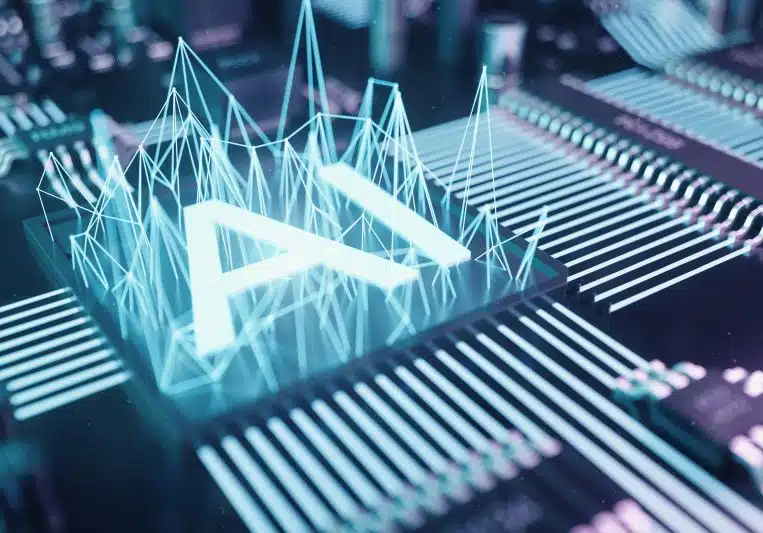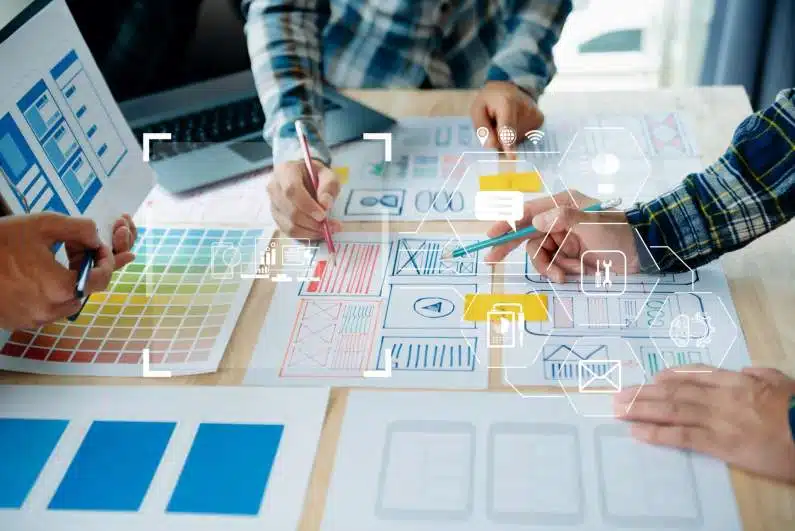Artificial Intelligence (AI) and machine learning have disrupted many industries by automating processes. Some professions in those affected industries are no longer needed. The reason for this is that those jobs were repetitive and redundant and could be easily replaced by automation.
The translation industry is experiencing this type of disruption. Machine learning algorithms have become more sophisticated with time, and it’s easier to automate translation. Will translators as we know them disappear? We’ve created a guide showing some of the changes that are likely to occur in the translation industry over the next ten years.
What Is Machine Learning?
Back when computers were in their early stages, it was hard to imagine that they could learn or improve without human intervention. However, this is possible now with machine learning. Machine learning is a type of computer science, which consists of programming a machine to learn from experience.
Through machine learning algorithms, computers can identify patterns, errors, and trends. Some of the most common applications of machine learning in today’s world are personalized emails and the keyboard on your phone. Have you ever noticed that with time your keyboard gives you more accurate suggestions? This is done by using machine learning.
What Is Artificial Intelligence?
While machine learning helps computers learn from experience, artificial intelligence (AI) helps them simulate our behavior. AI works with something more complex called deep learning. Deep learning imitates our brain’s functionality and allows computers to analyze situations based on data. This is the reason AI is so powerful.
Although it may sound like science fiction at first, AI has been part of our world for quite a while. The first AI invention, a program designed to mimic the problem-solving skills of a human called the Logic Theorist, was created in 1956 by John McCarthy.
What Is Deep Learning?
There’s a reason why today’s translations are more accurate. Although machine learning is a great way to automate conversions, there’s something more advanced now: deep learning.
Deep learning, as we said before, simulates human behavior. In fact, deep learning’s structure has neuronal networks just like our brain does. Therefore, computers can identify their own mistakes and automatically fix them. Deep learning allows machines to think with logic and draw conclusions. It’s essential to mention deep learning’s role in the translation industry to understand the impact of AI in this field. Let’s take a look.
How AI and Machine Learning Affect the Translation Industry
AI and machine learning have been changing the translation industry for quite a while and you’ve probably already used AI-driven translations. If you’ve ever used Facebook’s automated translations in posts or browsed through international websites and used Google’s automated translation, you’ve already used AI-driven translations.
But this is only the beginning. Microsoft has developed software that translates not only texts but also speech and images. This is something we wouldn’t have imagined before. Although it’s still not perfect, this app could revolutionize the translation industry.
Interestingly, this app also takes context into account to make more accurate translations. And machine learning also plays a huge role; Microsoft’s translation app has a user input option that allows users to rate translations. This way, the software improves its accuracy.
How Can Deep Learning Change the Translation Industry?
Machine learning translation has always had some issues that result in poor translations, grammar mistakes, and awkward sentence structure. The reason for this is usually that machine learning doesn’t always take the context into account, but deep learning can.
In 2015 there was a massive change in the translation industry that significantly improved automated translations. The new process, called Neural Machine Translation, replaced machine learning’s statistical translations. And yet, it was still not perfect.
However, Facebook worked alongside a couple of universities like Sorbonne University and the University of the Basque Country to create an AI-driven translation system. This system not only solves many of machine learning’s translation issues, but it no longer needs comparable data from one language to the other.
Will AI and Machine Learning Replace Human Translators?
AI is shaking the world of the translation industry, and some translators are worried that they could lose their jobs. Will this happen? Ofer Shoshan, CEO of a major translation company, told Bernard Marr in a Forbes article that 50 percent of the work carried out by human translators would be replaced by automated translation. In the same article, Shoshan mentioned the significant improvement of neuronal machine translations:
“Two years ago, translation technology would produce something that at best would let you get a general understanding of what the text was about—but in most cases, a professional translator would tell you they would rather just translate from scratch because they couldn’t understand a lot of the output. Today with neural machines, for a growing amount of material and categories, they only need to make a very small number of changes to what a machine outputs, in order to get a human-quality translation.”
Could These Changes Create New Opportunities for Translators?
In the past, around 80 percent of translation work was handled by a human translator, and machine-translators could manage the other 20 percent. Today, these numbers are drastically changing. So yes, we could say that AI is replacing humans in some way. However, it may also generate jobs.
Translation agencies may not need the same number of translators for their traditional roles but, since they’ll optimize the workload, companies may also hire more translators to increase their productivity levels. There are also likely to be more Software Engineering jobs in the translation industry.
So What’s the Conclusion?
AI-driven translation still has limitations and human translators are still needed in the machine translation process. However, the improvements in neuronal machine translations are undeniable in comparison to previous machine learning-driven translation apps.
Due to these advancements, the translation industry and translators’ roles will continue to alter as the technology develops. What’s fair to say is that this industry is not standing still and hopefully this will lead to the continued improvement of cross-language communications.
At BeTranslated our skilled human translators are well-versed in the industry’s technological advancements, as well as the cultural and linguistic contexts of their language combinations. Whether you need your content translated into a European language like German, an Asian language such as Thai, or any other language, BeTranslated has the right translator for you. Get in touch today for more information or a free, no-obligation quote.





